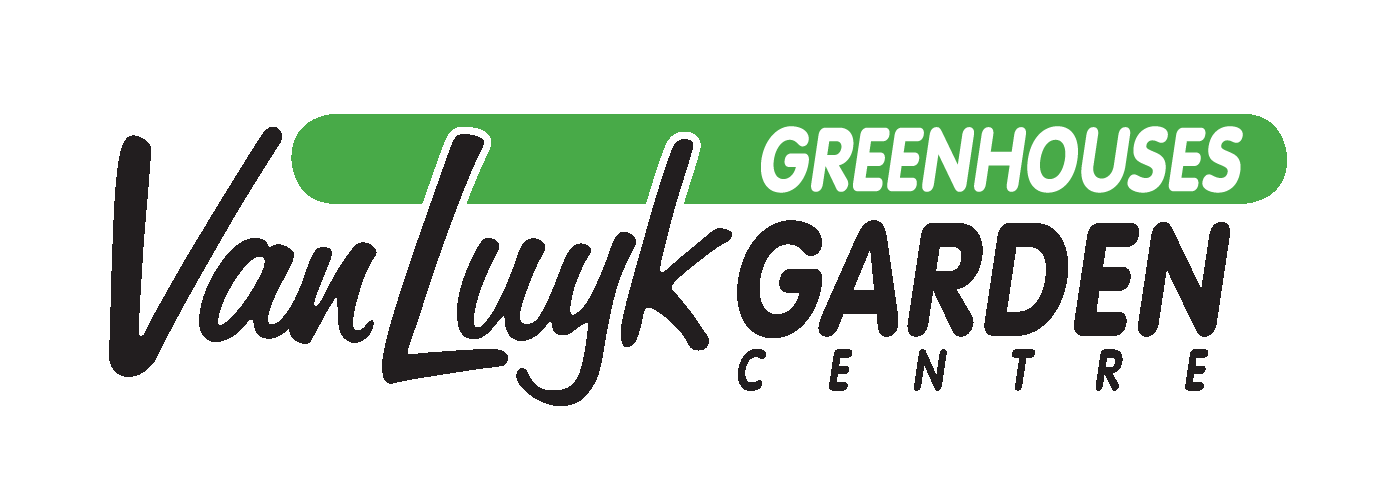
You might be surprised to hear that watering isn’t easy.
In fact, being a proficient waterer is an incredibly valuable skill for the home gardener, and is one that takes years of practice and a good dose of careful observation. The fact of the matter is that good watering practices will save you time, money, and of course, plants. But why is watering so hard? Surely it’s just a matter of putting the hose to your plants whenever the soil looks dry. If only!
There are some watering practices that only come with time and patience, but we can (hopefully) provide you with a few shortcuts here.
1. Water Less Often, But For Longer
Give your established plants a very thorough soaking once or twice a week rather than frequent, light waterings. Light waterings encourage the roots of your plants to grow across the surface of the soil rather than deep into the ground. Shallow-rooted plants are more susceptible to drought stress. As well, watering shallowly increases the amount of water lost through evaporation. In a sense, shallow watering may waste significantly more water while still not meeting the needs of your plants!
2. Water In The Morning
It’s important to get the bulk of your watering done early in the morning so that plants have time to take up moisture before the heat of the day arrives. The wind also tends to be calmer in the morning, reducing the amount of water immediately lost to evaporation and drift. If you absolutely cannot water in the morning, the early evening is also acceptable – just make sure any leaves you accidentally hit with the hose have enough time to dry before the sun goes down! When moisture remains on a plant’s leaves overnight, it increases the risk of disease.
3. Water Around The Dripline
When watering large trees and shrubs, focus on the dripline and not the centre of each plant. The dripline is the outer border of the tree’s canopy, outside of which rain falls freely without being blocked by the foliage of the plant. The bulk of the roots responsible for taking up moisture and nutrients reside here, so it pays to water around the dripline more heavily.
4. Don’t Rely On Sprinkler Systems
Many of us try to save time on watering by installing sprinkler systems. Often these systems are adequate for keeping our lawns watered (though they are rarely cost-effective – around half of the average overhead sprinkler system’s water output is immediately lost to evaporation and drift, especially in open, windy areas). However, much of the time sprinkler systems are completely ineffective at giving our garden beds the moisture they require. If you want to install irrigation for trees, shrubs, perennials, and annuals in a garden bed, use soaker hoses or root feeders instead.
5. Every Plant Has Different Needs
Try to keep track of the individual watering needs of your plants. Applying the exact same amount of water to everything in the garden can cause trouble if some plants prefer different moisture levels. You don’t have to keep a detailed journal, but even a piece of paper in your shed with some notes like:
Lavender – likes it drier or
Bed by the fence drains really quickly, go over it twice with the hose.
If you’re in the planning stages of a new garden bed, do your best to group plants with similar watering requirements together. Planning out a bed in this fashion is the core principle of Xeriscaping.
Above all, if in doubt about watering, ask us! We’re here to help you succeed.
With every nursery stock purchase, we give our customers basic watering guidelines, but we also have a supplemental tip sheet on Watering Practises. Give it a read for more helpful watering tips!
